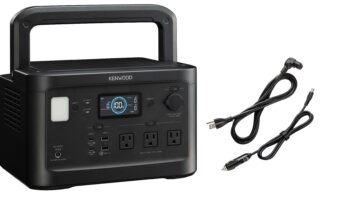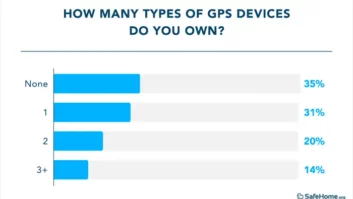El Segundo, Calif. — After five months of oversupply and cost declines, the price of LCD panels for computer monitors, and to a lesser extent TVs, are starting to recover as demand strengthens and availability becomes tighter, according to market research firm iSuppli Corp.
Average pricing for LCD panels used in desktop PC monitors has increased by 2 percent in April compared to March, while notebook LCD panels have risen by 1 percent. Pricing for 32W-inch TV panels has held firm this month after consecutive monthly declines.
“On the supply side, prices are being boosted by several factors, including reductions in panel-maker inventories and declines in [fabrication plant] utilization rates,” said Sweta Dash, director, LCD and projection research for iSuppli. “These factors are decreasing availability of panels in the market. On the demand side, sales of panels for desktop PC monitors are on the rise due to the gathering momentum for Microsoft’s Vista operating system.”
Dash said this is good news for suppliers, whose bottom lines have been battered by months of weak pricing, but is bad news for buyers, who have grown accustomed to controlling the market. Buyers in the coming months are expected to face tight supplies and price hikes as they rush to increase orders to stock up already depleted channel inventories or to obtain panels at current low prices. Tight supplies of monitor and notebook panels are expected to linger through the second and third quarters, as panel demand outstrips supply.
According to iSuppli data, pricing for 17-inch desktop PC monitor panels had declined by 19 percent from October 2006 to March 2007, while prices for both 19-inch widescreen and standard panels decreased by 18 percent during the same period. The 15.4-inch WXGA notebook panel started to experience price reductions starting in December 2006 due to a major slowdown in demand. By March, that panel price has already declined by 12 percent.
By the first quarter, some large-sized panel prices fell below manufacturing costs levels, iSuppli reported, forcing panel suppliers to cut utilization rates and shift capacity to larger and wider panels, which offer higher profitability. Some suppliers preferred to stop production of certain panel sizes that were yielding losses or weak profits.
The stage for the present recovery was set in the fourth quarter of 2006, iSuppli said, when panel buyers took steps to reduce their inventories in order to avoid a buildup in surplus stockpiles during the first half of 2007, which was expected to be seasonally slow.Generally, panel buyers maintain very low inventory levels during oversupply situations in order to avoid being stuck with large amounts of high-priced finished goods, the researchers observed.
As for finished-goods inventories at the panel suppliers themselves, most suppliers have been able to cut their stockpiles to three weeks. Some suppliers, including LG.Philips LCD, have reduced their inventories to the two-week level, iSuppli said.What’s more, LCD component suppliers also cut their production and utilization rates in the first quarter due to oversupply and price reductions for their wares. Now that panel demand is on the rise, there will be some lag time before components suppliers and others in the supply chain can adjust, further constraining panel availability and boosting prices, the researcher firm predicts.
On the TV front, slow seasonal sales and oversupply in the first quarter of 2007 pushed average prices for the popular 32W-inch LCD-TV panels to $302 in March, with the low-end products falling to less than $300, which is below the manufacturing cost level. This led some suppliers to severely cut their production plans for the panels and to shift capacity to wide-format desktop PC monitor panels.
With the 32-inch TV panel in tight supply in April, some suppliers have started increasing prices, iSuppli observed. Because of this, the average 32W-inch TV panel price is expected to stabilize during the next few months and may even go up for some low-end products.
However, rising production at seventh- and eighth-generation LCD fabrication plants impacted pricing for the fast-growing 40W-inch and 42W-inch LCD-TV panels, causing their prices to decline by 3 percent in April compared to March.
Although panel demand at the factory level seems strong in April, not all of this demand may turn out to be real, iSuppli suggests, as panel buyers may be engaging in double booking as they strive to acquire the right volume at the right price. Furthermore, panel suppliers are planning on hiking panel prices more in the coming months, which may cause demand to decline as buyers readjust their orders.
On the other hand, many panel suppliers have already cut their capital expenditure and expansion plans. That, the researchers said, may limit production in the near term, leading to tight supply situations for various large-sized LCD panels.













